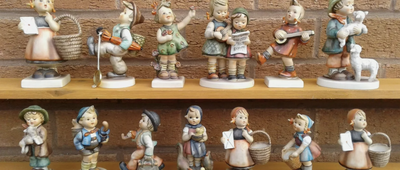Tricks of the Trade
Most of us know retailers are doing everything they can to get us to spend big — especially for the holidays, when guilt and emotion might override common sense shopping. But many of their tactics involve a surprising level of consumer psychology, especially during this age of soaring prices, and some are downright shady. Here are the most notable ways you're being primed to spend, including a new explosion in extra fees that businesses are justifying in the name of — you guessed it — inflation.
































